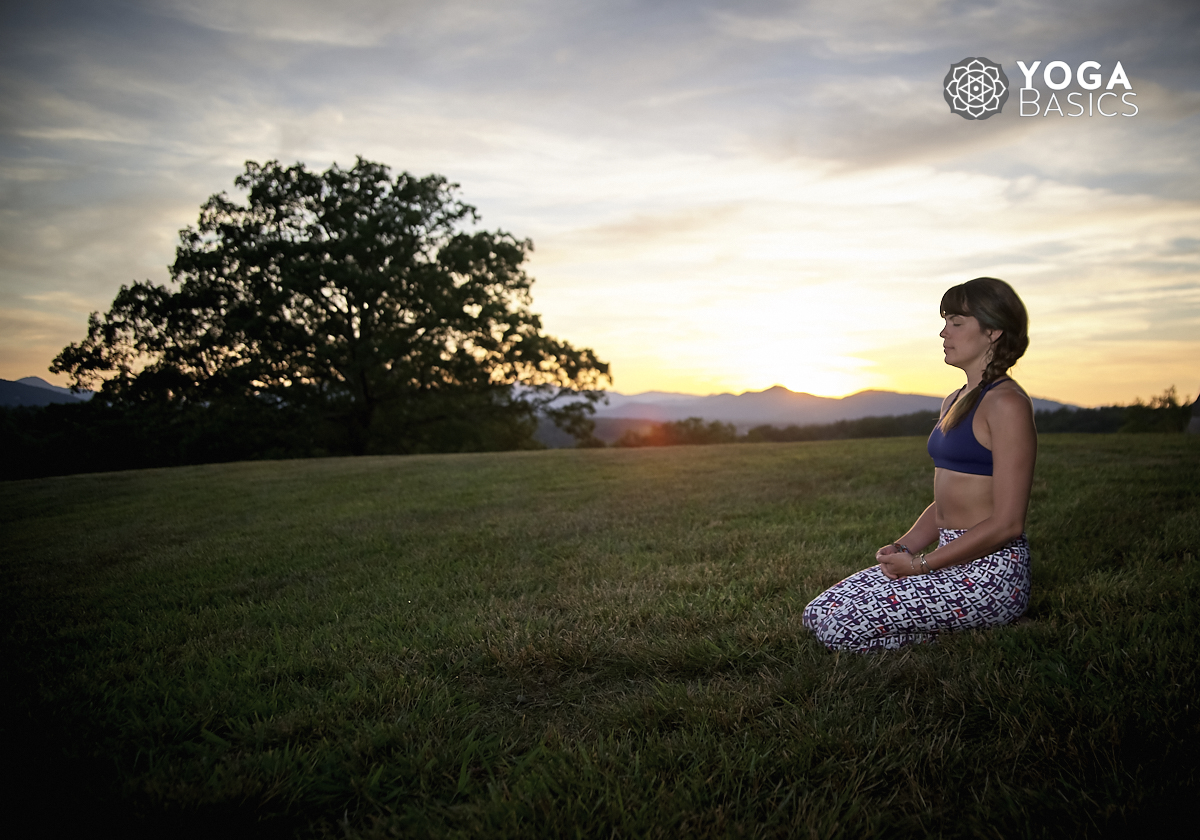Pranayama, breathing exercises that are an integral part of hatha yoga, are too often pushed to the outskirts of a practice. As a teacher I rarely incorporate specific breathing exercises into my classes other than Ujjayi (Victory Breath, Throat Breathing) and Nadi Sodhana (Alternate Nostril Breathing). As a student it took me a long time to make breath awareness a central aspect of my personal practice. I didn’t always love pranayama, but instead of pushing it away I found ways to explore and welcome the practice as a vehicle for greater self-awareness.
Pranayama can be awkward and take you out of your comfort zone. The first time I tried Kapalabhati (Breath of Fire) I felt like a fish out of water struggling to keep up with the teacher’s snapping finger tempo. I was forcing my exhales out as fast as I could until I realized my whole torso was bouncing and shaking with the effort, and I was basically doing it all wrong. Eventually I learned that it’s okay to start small. Maintaining focus on a deep, forceful exhale, even if it was slower that someone else’s, was more important and beneficial to me than keeping up with the class.
Breathing exercises can stir up uncomfortable emotions. We spend so much time wrapped up in our thoughts that when we begin to slow the breath—and by default still the mind—difficult or painful thoughts can arise. I can’t count the number of times I’ve cried in yoga classes. Now rather than instantly pushing the emotions away, I try to breathe deeply into the sensations and allow the breath to be a vehicle to move the thoughts through and out of my body. It takes practice but the relief of letting go is worth it.
Yoga teachers are not always great pranayama teachers. One reason that I rarely incorporate pranayama into my classes is that I don’t always feel confident enough with it in my own practice to share it with others. On the one hand teaching it helps me feel more strong in my abilities and highlights areas that I still need to clarify or work on. In other ways I feel that because pranayama is so subtle and specific, it should only be taught by someone who has a strong personal practice, someone who really “gets it.”
The effects of pranayama can be subtle and difficult to feel. When I first started, it was hard to feel any effects from breathing exercises or to tell if I was doing them correctly. With asana it can be fairly easy to pinpoint if someone is doing a pose incorrectly, but how does that transfer to pranayama? Teachers usually provide helpful cues, but even so it can take years before the subtleties begin to shine forth.
Why do people practice pranayama? What is the point? For many years I engaged in different styles without really understanding what it all meant. Once I began to deepen my own study I was amazed at the depth and complexity of the different practices, as well as the myriad benefits. Now that I understand the benefits of a dedicated pranayama practice I feel grateful to have this extra bit of help throughout my day. If I am stressed out or tired, a few minutes of deep, even breathing never fails to boost energy levels and bring me back into balance.
What are some challenges you’ve faced with pranayama?


















Leave a Reply